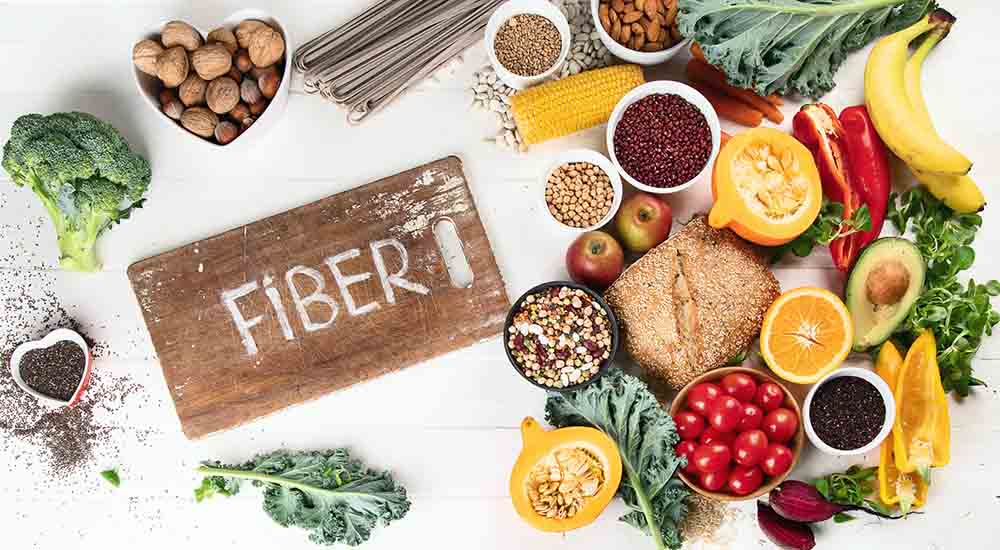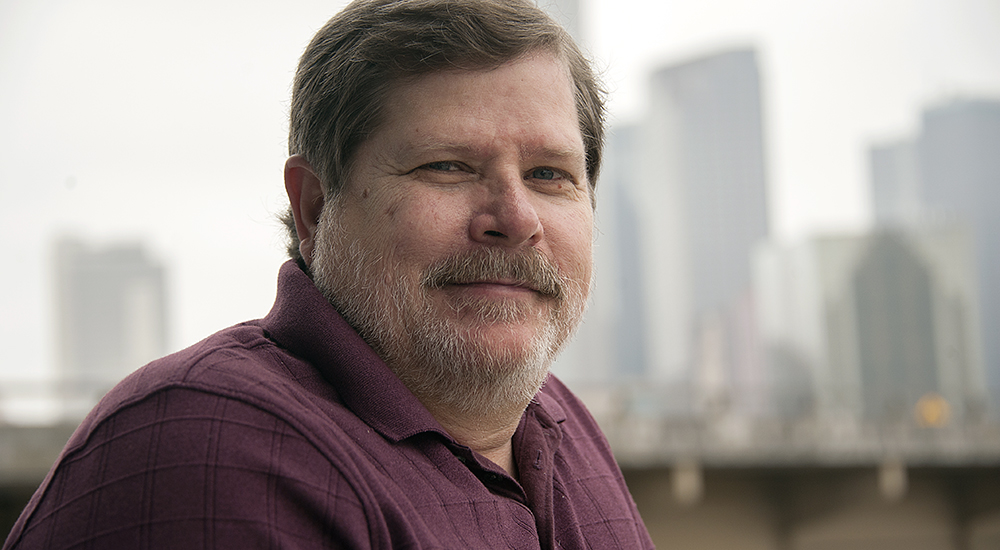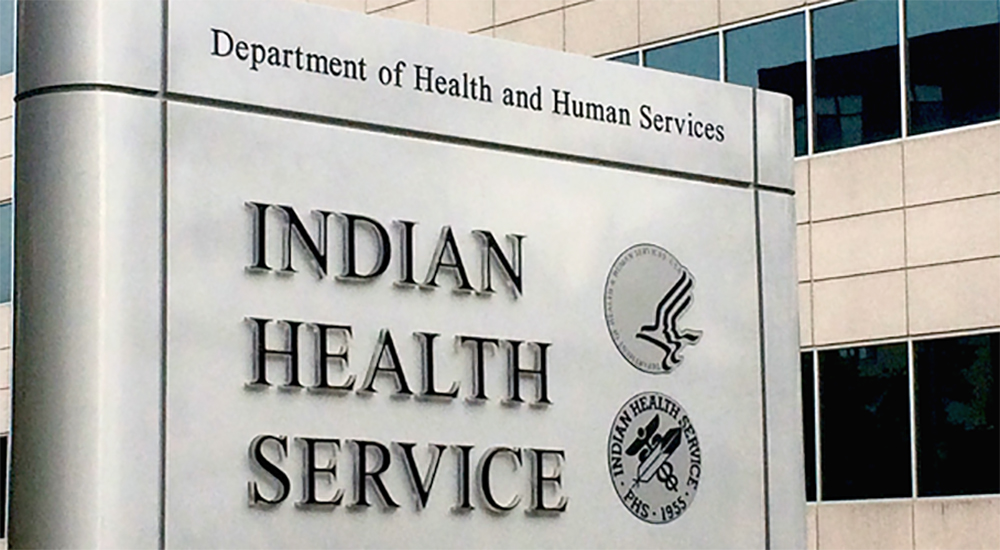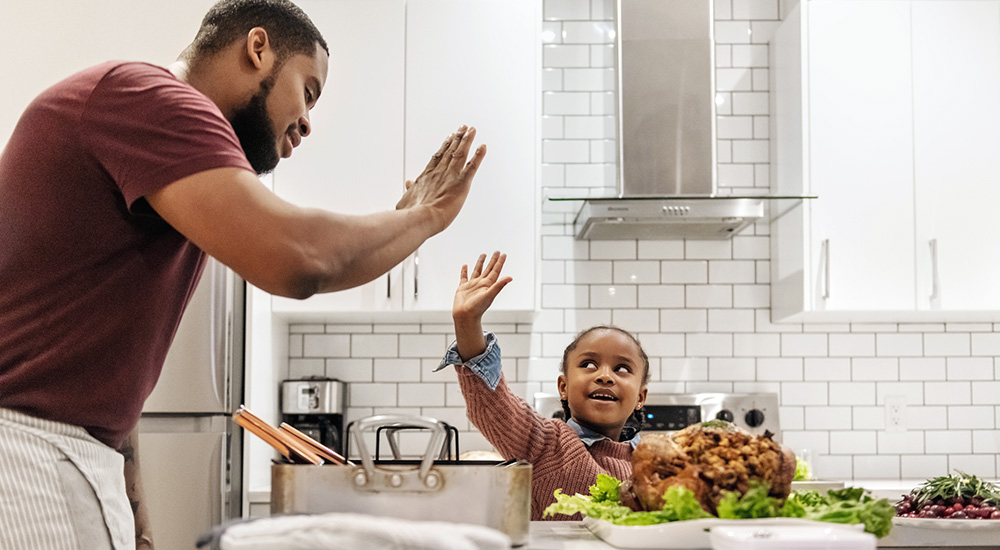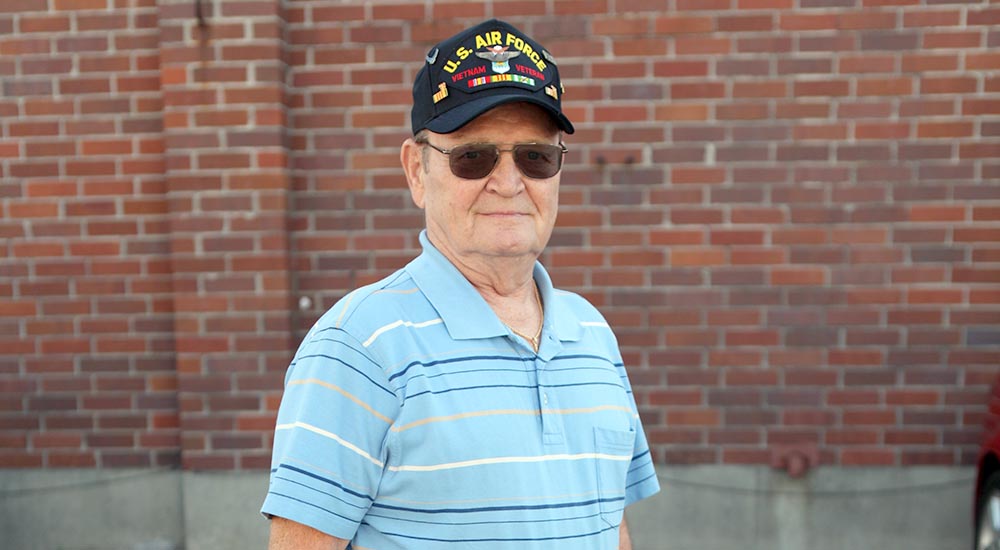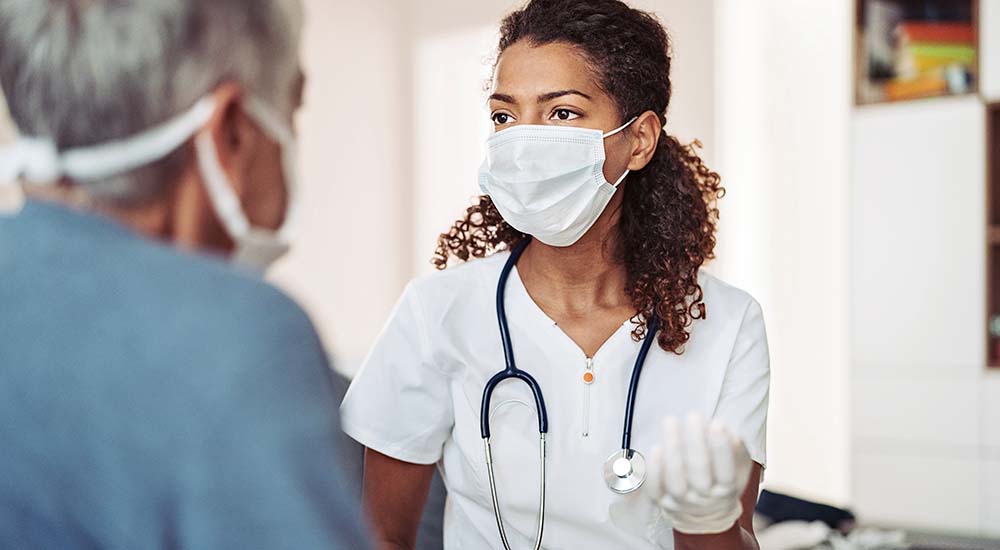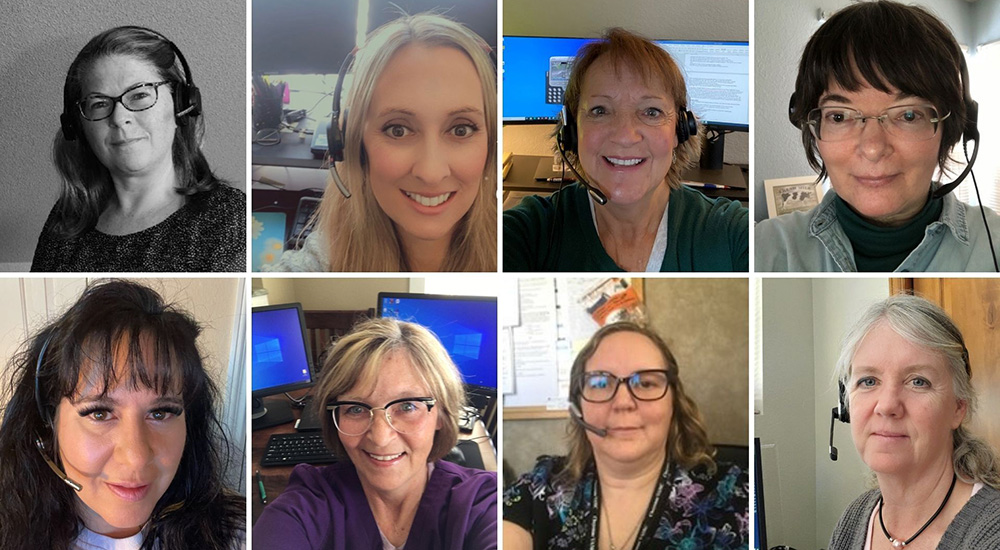Good for heart and gut health, fiber can reduce the risk of diabetes and some cancers, and aid with weight loss. It is rich in vitamins and minerals.
Common statins are atorvastatin (sold as Lipitor), fluvastatin (Lescol XL), and pitavastatin (Livalo). More than 35 million Americans take the prescription drugs to help control cholesterol.
Shelby knew he was overweight, but didn’t realize he had diabetes before coming to VA. VA helped him completely change his lifestyle.
VA and the Indian Health Service signed an interagency agreement to improve health care for American Indian and Alaska Native Veterans.
VA has spent three decades assisting Veterans in managing their diabetes. Here’s two Veterans who have taken control of their diagnosis.
It is important for people with diabetes to know they can enjoy traditional holiday foods while keeping their blood sugar levels in check.
Tina Turner tune took VA dietitian back to a basic question: What’s food got to do with the many benefits of a healthy lifestyle?
VA North Texas treats some 20,000 patients each year for related issues in its Positive Airway Program (PAP) for sleep disorders.
After serving in Vietnam, Leon came to VA and gets all his health care at VA, including treatment for conditions linked to Agent Orange.
Marine Veteran loves his wife, his church, and his bowling league. Thanks to Whole Health from VA, he is there for all of them again.
Be involved in your health care. Play an active role when you visit your health care team. To get the most out of your visit, plan the questions you want to ask and the things you want to discuss.
Wyoming VA’s team of RPM–HT care coordinators monitor Veterans with chronic clinical issues. With phone and video visits, they help Veterans make lifestyle changes and avoid hospital visits.

